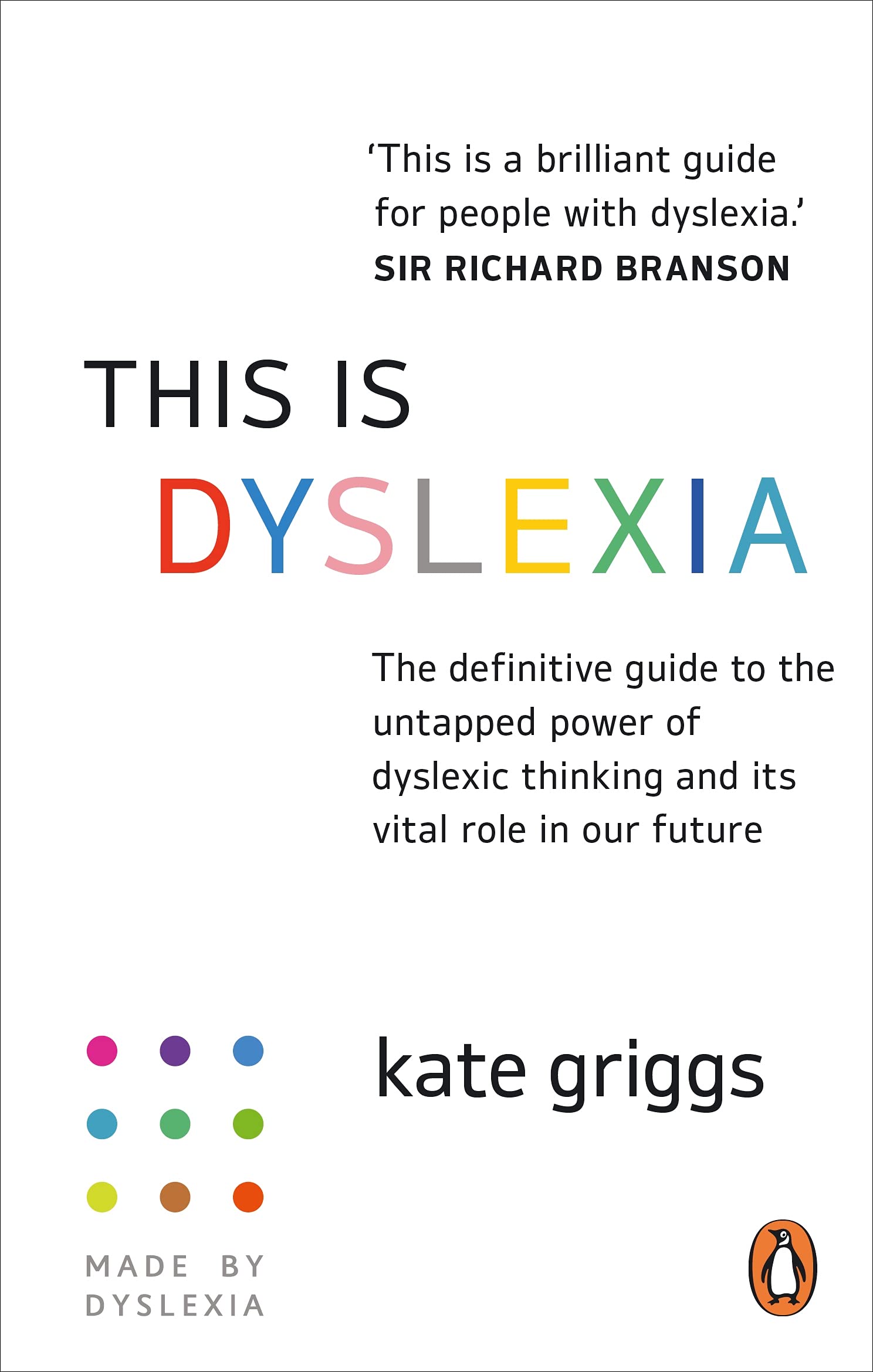It’s currently World Dyslexia Awareness Month, with British Awareness Week falling between the 4th and 10th October. Kate Griggs discusses her new book, This Is Dyslexia, and five reasons you should pick it up
by Kate Griggs
It’s official – the future needs Dyslexic Thinking
In 2018¹ and 2019², Made By Dyslexia partnered with Ernst & Young (EY) to produce the ‘Value of Dyslexia’ reports. These groundbreaking reports highlight a crucial fact: in a fast-paced and changing workplace, where machines are poised to take over many tasks, dyslexics have exactly the skills needed for the workplace of tomorrow. Our 2021 report with ManpowerGroup found that the pandemic has turbocharged this change, and by 2025 humans and machines will split work 50:50.³ The 50 per cent of human skills are an exact match of Dyslexic Thinking skills.
The good news
Dyslexia is very common, and there are lots of us. As many as one in five people are dyslexic⁴ – that’s 20 per cent of the global population, and over one billion people. That means that in every class and every workplace, all around the world, there are one in five people already hardwired with the skills we need for the future. We just need to make sure we all know how to spot them and how to empower them.
Redefining dyslexia for the twenty-first century
Dyslexia is largely understood to be a learning difficulty or disability, so it’s unsurprising many of us hide it and are embarrassed by it. Dyslexia does come with its challenges in ‘traditional’ learning and in the tests used to ‘benchmark’ students and employees. But now those challenges are being mitigated by technology and companies are placing huge value on our strengths.
Reshaping education for the twenty-first century
Education systems around the world aren’t spotting, supporting or empowering dyslexic children. Only 20 per cent of dyslexic students are identified at school,⁵ so 80 per cent are being left to ‘muddle through’, feeling that school, and them, don’t quite fit. Worse still, Made By Dyslexia research found that 91 per cent of teachers have little or no understanding of dyslexic strengths.⁶ So, despite dyslexics being ready for the workplace of tomorrow, we must reshape how we teach them today.
Different times, different measures
Our fast-changing world is facing unprecedented challenges, so now more than ever, we need minds who think differently to solve the many problems we face and to shape our futures. But measuring intelligence, success and eligibility using the same standardised tests and traditional benchmarking that we have used for decades, in education and the workplace, is no longer fit for purpose and is actually filtering out the very types of minds we need.
Notes
1 EY & Made By Dyslexia, ‘Value of Dyslexia 1: Dyslexic strengths and the changing world of work’, 2018
2 EY & Made By Dyslexia, ‘Value of Dyslexia 2: Dyslexic capability and organisations of the future’, 2019
3 ManpowerGroup Talent Solutions & Made By Dyslexia ‘Seize the D Report’, 2021
4 Made By Dyslexia, Connect The Spots, 2020
5 BDA, All-Party Parliamentary Group for Dyslexia and other Specific Learning Differences, ‘Educational Cost of Dyslexia’, October 2019
6 Made By Dyslexia, Spelling it Out, 2019
Bookshelf
This is Dyslexia: The Definitive Guide to the Untapped Power of Dyslexic Thinking and Its Vital Role in Our Future by Kate Griggs, published by Vermilion, illustrated paperback (240 pages).



